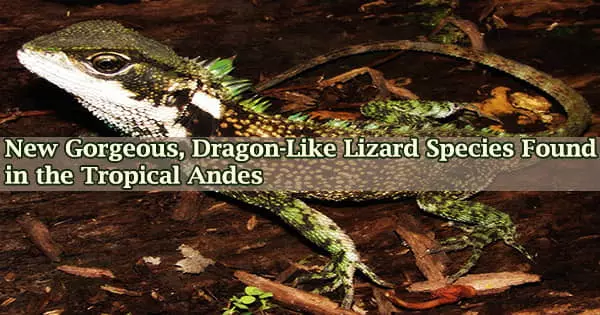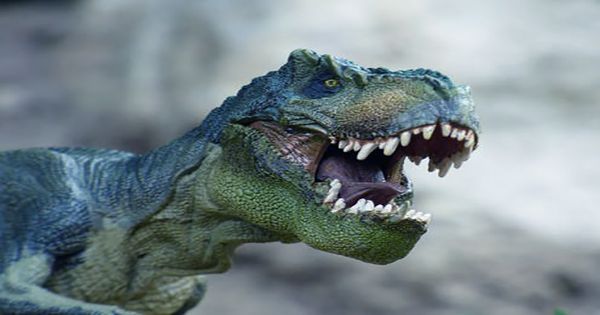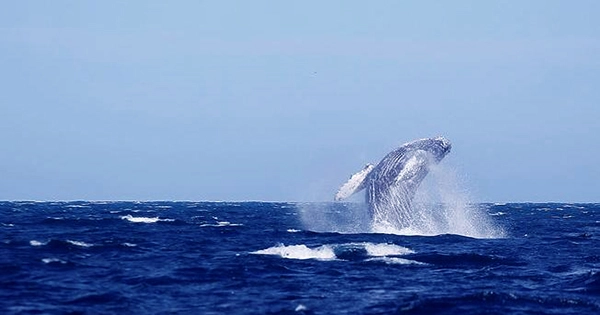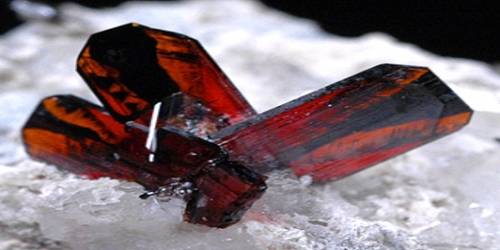With a length of 1,138 km in the Andes of central Peru, the Huallaga River is the Maraón River’s main tributary and the backbone of the Amazon River. The Peruvian Yunga ecoregion, which is known as a refuge for endemic birds, animals, reptiles, and amphibians, is one of the several ecosystems that this basin is home to.
How is it possible, then, that this corner of the Tropical Andes remains poorly known to biologists to this day?
The fundamental cause, which is actually rather straightforward, is that during the 1980s, biological studies in the region were disrupted by civil battles with terrorist groups and drug traffickers.
Only after the area had been liberated by the Peruvian government in the late 1990s did some biologists start to slowly return to the Huallaga Valley.
However, the Huallaga valley was severely fragmented as a result of forest degradation by coca crops during the internal conflict, which ultimately led to the construction of a hydroelectric power station. This increased the urgency of the need for biodiversity studies in the region.
The open-access, peer-reviewed scientific journal Evolutionary Systematics recently published a description of a new species of wood lizard, Enyalioides feiruzae, which was recently identified in the premontane forest of the Huallaga river basin.
To properly characterize it, the researchers had to do fieldwork for seven years. In order to do this, they had to first spend a lot of time and nights in the forests picking by hand lizards that were dozing on bushes 20 to 150 cm off the ground.
The Feiruz wood lizards have an amazing array of colors, especially the males. Males may have palely outlined backs that are gray, greenish-brown, or brownish turquoise. Females, on the other hand, can be greenish-brown or floury brown with spots on the sides and thin dark brown lines on the back, limbs, and tail.
The scientists speculate that E. feiruzae may have evolved into a distinct species after becoming geographically isolated from another lizard that was very similar to it, E. rudolfarndti. This separation may have happened as a result of tectonic activity and climatic oscillations that took place between the Late Oligocene and the Early Miocene.
As you might have guessed, Feiruz, “a female green iguana, muse, and lifelong friend,” inspired the name of the Feiruz wood lizard. The writers’ work on taxonomy research and nature preservation was financed by Catherine Thomson, who also owned the iguana Feiruz.
Cropland and meadows used for cattle ranching have severely disrupted the habitat of the E. feiruzae, and as of right now, we only know of one protected population in the Tingo Maria National Park.
There is still a great deal to learn about the size, distribution, and adaptability of E. feiruzae populations in fragmented environments. The new species is one of sixteen species in the genus Enyalioides.
In the past two decades, more than half of the Enyalioides species have been described, particularly as a result of recent surveys conducted by Ecuador and Peru in secluded areas of the Tropical Andes.















